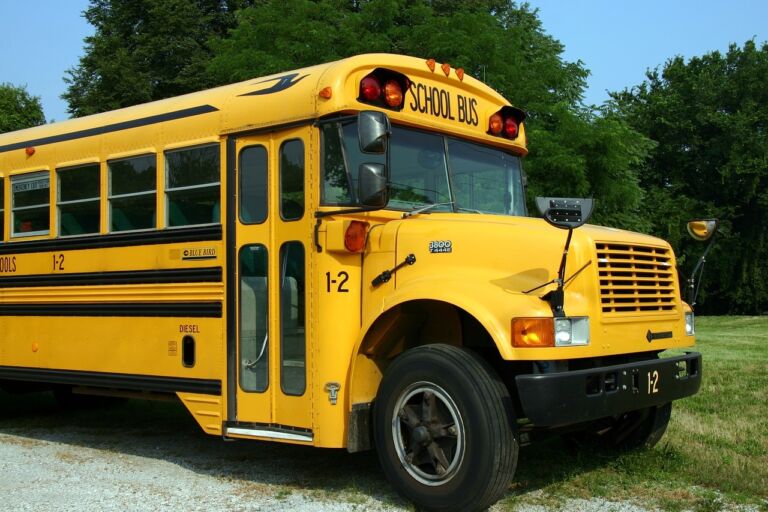- Learning loss is a real problem without a simple, one-size-fits-all solution
- For addressing a student’s learning deficit, research increasingly favors tutors because they have different skill sets than teachers
- Education Savings Accounts are another way to tailor solutions to a struggling student’s individual needs
Can North Carolina redress learning loss and get students back on track? Inferior remote-learning methods – or none at all – are stunting the academic growth and social development of 1.4 million public school students. Moreover, researchers fear the pandemic’s disproportionate impacts on low-income and minority students will further harden social divisions and widen achievement gaps.
The challenge is daunting. Nevertheless, we can meet it if we apply what we already know about learning loss. Four recommendations can guide the way.
Recognize the nature and scope of the problem
Learning loss is a widespread problem affecting schools, families, and students differently. International consulting firm McKinsey & Co has estimated that untreated learning loss among students of color over a fifteen-month period equates to missing 12 to 16 months of instruction. Among white students, the same loss equates to missing five to nine months of instruction.
Locally, New Hanover County is reporting that 35 percent of middle school students failed at least one class during the first quarter. In addition, close to 50 percent of Hispanic and black students in the county were failing one or more courses in middle and high schools, compared with 22 percent of white students.
Learning loss varies by race, income, and geography and compounds existing disparities in learning and achievement. These realities argue against large-scale, one-size-fits-all solutions and instead favor customized solutions.
Employ the right solution: tutoring
A consensus is emerging in the research community that tutoring is among the most effective ways to deal with learning loss. Tutoring has been found effective at nearly all grade levels, but especially so with reading in the lower grade levels and in math for older students.
The natural reaction is to hire more teachers to act as tutors, but that would be a mistake. The personalized instruction from tutors has some built-in advantages here – within limits. Tutors and teachers have different skill sets. Tutors need competency in effectively conveying subject matter. Teachers need skill in pedagogy and classroom management. Tutors are usually less expensive to hire. Effective tutors are able to handle three or four students; teachers, many more. For tutors, higher numbers of students are problematic because it will become small group instruction, which requires a different skill set. A lower number of students borders on one-to-one tutoring, which is highly expensive.
Effective tutors can likely be found among college students and volunteers. With adequate training and support, tutors can do much to improve student outcomes.
Ensure the proper safeguards
Last December the state auditor found that almost half of the funds for a $70 million program to help students adversely impacted by the coronavirus had been distributed without any measures to ensure student ability was improved. Given North Carolina’s troubled history with remedial education and credit recovery, that finding makes the public justifiably skeptical about the ambitious efforts by the North Carolina Department of Public Instruction.
Subsequent revisions of legislation to address learning loss (House Bill 82) included pre- and post-test reporting requirements and a general paragraph on “Benchmark Assessments.” Tutors or teachers need access to more data to justify course corrections before the end of session. In addition, training for teachers or other instructors would be a welcome addition that should enhance prospects.
Give parents options
The pandemic taught parents two valuable lessons. One, large monopolistic systems are unable to pivot quickly and change how educational services are delivered. Two, the interests of teachers and the administrators frequently do not coincide with the interests of students – see the school reopening debate.
These lessons have fueled a deep interest in school choice as a way for parents to meet their child’s educational needs. That support is real. The January 2021 Civitas School Choice Poll found strong support for the state’s voucher program (66%), charter schools (59%) and Education Savings Accounts (72%).
In addition, 73% of respondents favored proposals to give parents more flexibility in how they could spend money allocated for their child’s education. Learning loss has created a deep need in students, and parents want more say over how to address those needs. Parents want to be able to address those needs via a variety of public (traditional public, charter schools, magnet schools, etc.), private, or state-supported private options. Because Education Savings Accounts (ESAs) offer parents the ability to customize learning and easily utilize tutors, ESAs are an option that hold great promise for reversing learning loss.
Learning loss is real and a daunting challenge. Still, if we marshal what we know about learning loss, use what works, and give parents options, we can redress these concerns. We cannot begin too soon.


